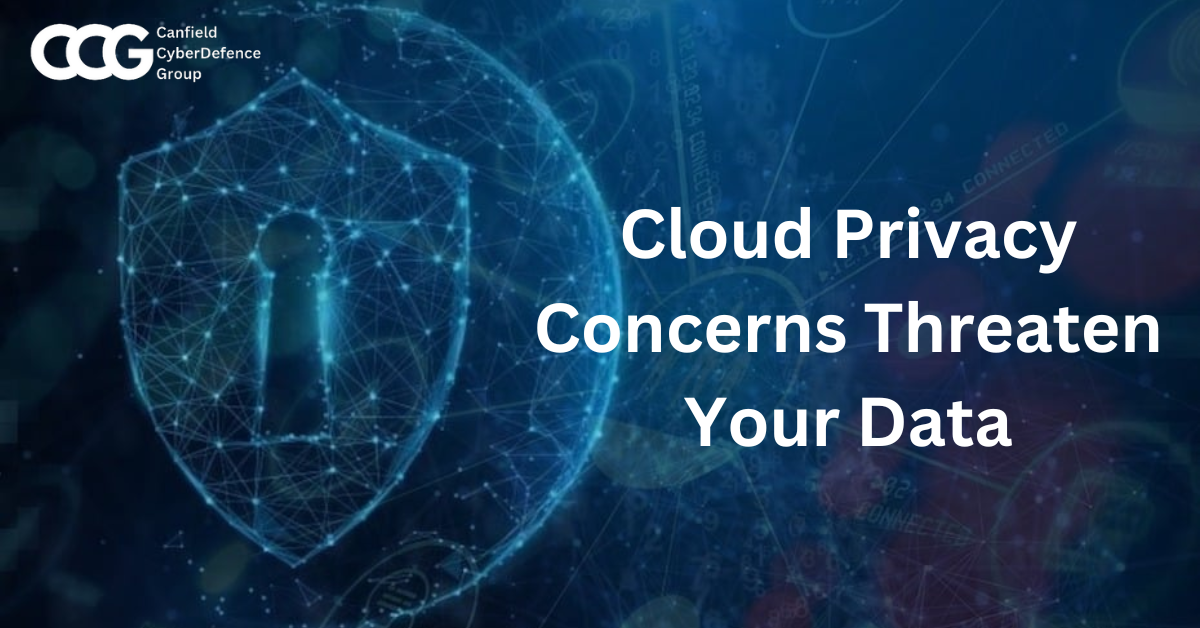Organizations all across the world use cloud services for a variety of purposes, including cloud-native development, data analytics, machine learning, and application migration. Although managing and storing data has never been simpler, cloud vulnerabilities now pose a danger to data security.
The infrastructure and resources of cloud platforms, which have multiple tenants, are shared by a huge number of international clients. The integrity of a provider’s shared infrastructure must be carefully preserved. In addition, because the cloud is a self-service platform, each customer is responsible for carefully defining the precise rules for each of its workloads and resources.

Below is a list of the serious cloud security flaws that are discovered.
- Inadequate Multi-factor Authentication for Privileged Users
The absence of multi-factor authentication (MFA) for users who are assigned to privileged administrative positions in control is among the most prevalent cloud vulnerabilities. Access by privileged users needs to be as secure as possible for any form of cloud environment. An organization can have serious repercussions if a simple security mechanism like MFA is not enabled.
Privileged accounts are relatively easily compromised without multi-factor authentication by malevolent attackers. Also vulnerable to brute force assaults due to the absence of MFA are these accounts. Because they frequently have enhanced administrator capabilities, hackers can leverage these accounts to fully disrupt an organization’s operations and steal its data.
- Device Joining Without Multi-Factor Authentication
When new devices are introduced, multi-factor authentication (MFA) is frequently absent from cloud setups. This poses a serious risk to cloud security. By enabling MFA for connecting devices, any malicious devices cannot be registered by infected user accounts.
MFA operates by requesting any two or more of the following ways of verification:
- A PIN or password
- A reliable item that is difficult to copy, like a phone
- Fingerprint-based biometrics
- Users must enter at least two forms of identification when you enable MFA, ensuring that only authorized users can add devices.
- Complete Data Erasure
Data deletion should be done with extreme caution. Threats relating to data deletion typically exist as a result of your lack of complete visibility into the physical locations of your data in the cloud. Your ability to confirm that your data has been securely erased is hampered as a result.
In a multi-tenant cloud environment, where your data is dispersed over a variety of different storage devices within the cloud infrastructure, the risk is particularly serious.
Additionally, each cloud service provider has unique policies for deleting data. Organizations may find it challenging to ensure that the leftovers of their data do not end up in the wrong hands in such situations. This could be a serious threat to the integrity of data security and privacy.
- Command Injection Using Lambda
An AWS serverless computing service called a lambda function runs code as and when it is required. The computing instance that was used to execute the code shuts down after it has finished. Even though serverless computing is much safer, there are still certain security risks.
Data event injections are a subset of OS Command Injections in the context of serverless computing services like Lambda. The vulnerable function receives an unexpected event in the form of a request with special strings that are evaluated and interpreted to affect OS-level activities via lambda command injection. If your cloud service is left open to Lambda command Injection, your data is seriously at risk.
Phen AI is strongly advised to take these six actions across your whole network, not just on systems that are connected to the internet or at the network’s edge. Use the finest AI cybersecurity solutions currently available to execute the advice from the best cyber security experts (NSA, FBI, CISA) (CheckMate). Phen AI defends your network like an army of cyber security specialists, leaving you to concentrate your time, energy, and resources on running your business, which is what you do best.









